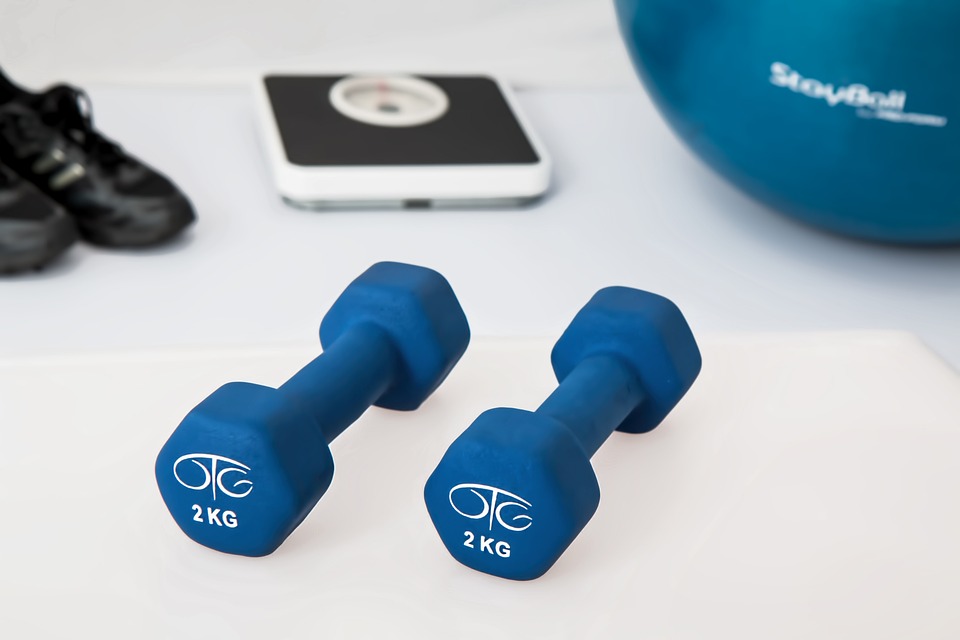Are you tired of feeling sluggish and unmotivated in the mornings? Do you struggle to find the time and energy to prepare a nutritious breakfast before starting your day? If so, you’re not alone. Many people overlook the importance of a healthy breakfast, opting instead for quick and convenient options that are often loaded with sugar and empty calories.
But fear not, building a healthy breakfast plate doesn’t have to be complicated or time-consuming. In fact, with a little planning and creativity, you can create a delicious and satisfying morning meal that will fuel your body and mind for the day ahead. So, grab your favorite mug of coffee or tea and let’s dive into the ultimate guide to building a healthy breakfast plate.
The foundation of a healthy breakfast plate is a balance of macronutrients – protein, carbohydrates, and fats. These three components work together to provide your body with the energy it needs to kickstart your day and keep you feeling full and satisfied until your next meal.
Protein is essential for muscle repair and growth, as well as for keeping you feeling full and energized. Sources of protein for breakfast include eggs, Greek yogurt, cottage cheese, nut butter, and tofu. Aim to include at least 15-20 grams of protein in your breakfast to help you stay full and focused throughout the morning.
Carbohydrates are your body’s primary source of energy, so it’s important to include them in your breakfast plate. However, not all carbohydrates are created equal. Opt for complex carbohydrates like whole grains, fruits, and vegetables, which provide a steady source of energy without causing blood sugar spikes and crashes. Some great options include oats, whole grain toast, quinoa, and fresh fruit.
Fats are another important component of a balanced breakfast plate. Healthy fats help to support brain function, regulate hormone production, and keep you feeling full. Sources of healthy fats for breakfast include avocado, nuts, seeds, and olive oil. Just be mindful of portion sizes, as fats are calorie-dense and can add up quickly.
Now that you have a basic understanding of the macronutrients that should be included in your breakfast plate, let’s talk about portion sizes. A good rule of thumb is to aim for a plate that is made up of roughly 50% carbohydrates, 25% protein, and 25% fats. This balance will help you feel satisfied and energized without feeling weighed down or sluggish.
In addition to macronutrients, it’s important to include a variety of micronutrients in your breakfast plate. Micronutrients are vitamins and minerals that are essential for overall health and wellbeing. Some important micronutrients to consider including in your breakfast are vitamin C, vitamin A, vitamin D, calcium, and iron.
To ensure you’re getting a good mix of micronutrients, try to include a colorful assortment of fruits and vegetables in your breakfast plate. Berries, citrus fruits, leafy greens, and sweet potatoes are all great options that are packed with essential vitamins and minerals. You can also consider adding fortified foods like fortified cereals or plant-based milk to boost your intake of important nutrients like vitamin D and calcium.
Now that you have a good understanding of the components of a healthy breakfast plate, let’s talk about some practical tips for building your morning meal. One of the easiest ways to ensure you’re starting your day off right is to prep ingredients ahead of time. Consider cooking a batch of hard-boiled eggs, overnight oats, or chopped fruits and vegetables at the beginning of the week so you can easily assemble a nutritious breakfast in the morning.
Another tip is to keep your breakfast plate simple and balanced. Don’t feel like you have to overcomplicate things or follow a strict recipe – sometimes the best breakfasts are the ones that are thrown together with whatever ingredients you have on hand. Keep it simple with a serving of protein, carbohydrates, and fats, and you’ll be well on your way to a satisfying and nutritious meal.
Lastly, listen to your body and tailor your breakfast plate to meet your individual needs and preferences. If you’re not a fan of traditional breakfast foods like eggs or oatmeal, don’t force yourself to eat them. Instead, consider options like a smoothie, a veggie-packed omelet, or a quinoa bowl. The key is to find a breakfast that you enjoy and that fuels your body and mind for the day ahead.
In conclusion, building a healthy breakfast plate doesn’t have to be complicated or time-consuming. By focusing on a balance of macronutrients, including a variety of micronutrients, and keeping it simple and balanced, you can create a delicious and satisfying morning meal that will set the tone for a productive day. So, take the time to prioritize your breakfast and fuel your body with the nutrients it needs to thrive. Your body and mind will thank you!



